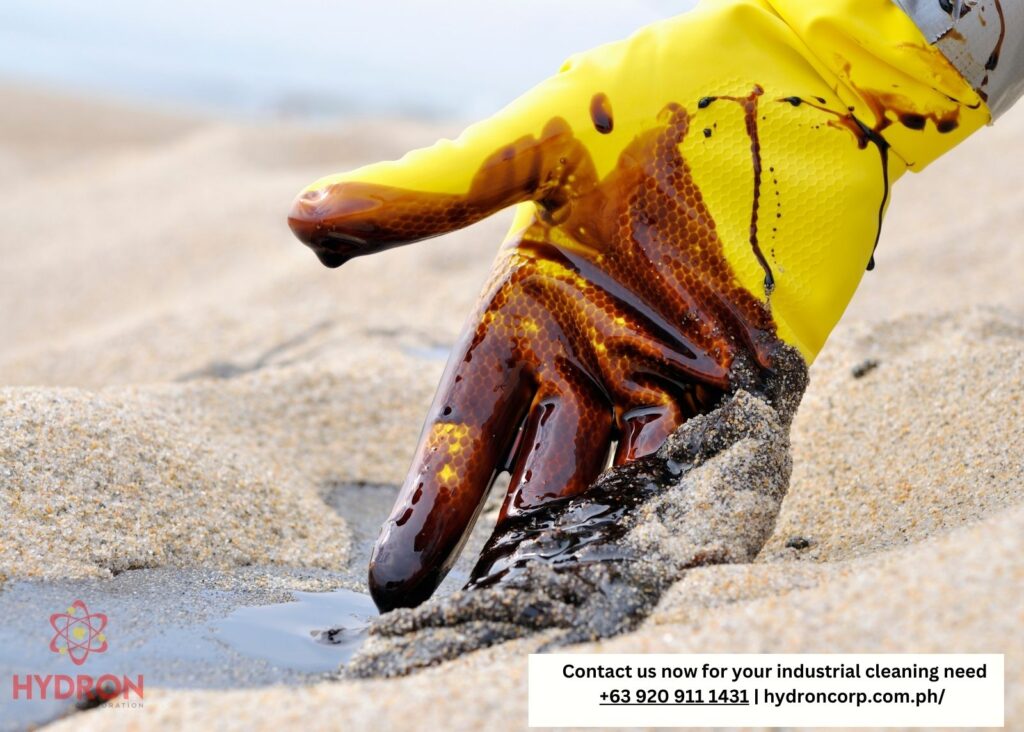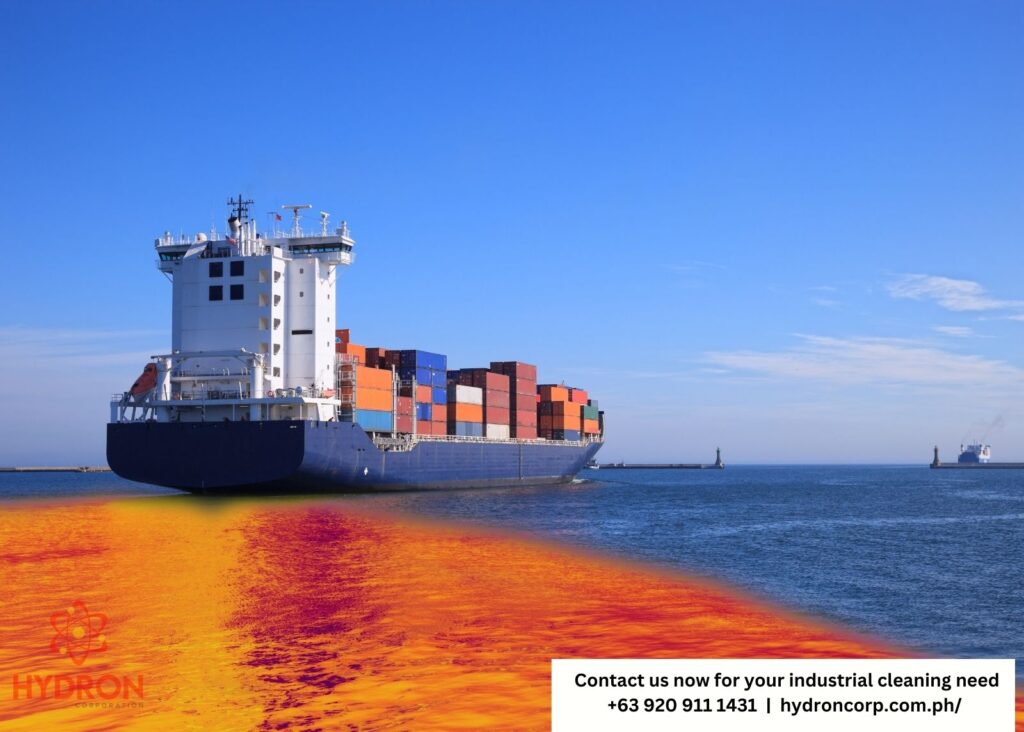Breaking Down the Pros and Cons of Oil Spill Dispersants: A Balanced Perspective
The Philippines, with its stunning coastlines and vibrant marine life, is a natural treasure that we must protect, and oil spills are a looming threat. In the face of these environmental emergencies, oil spill dispersants play a pivotal role. But like any solution, they come with their own set of pros and cons. Let’s delve into the critical role of oil spill dispersants, their advantages and disadvantages, and their impact on our delicate ecosystems.

The Vital Role of Oil Spill Dispersants
Pros:
- Swift Response
Oil spill dispersants enable a rapid response to oil spills. In the critical early hours and days of a spill, every moment counts. Dispersants help break down the oil, preventing it from spreading and adhering to the feathers of birds or the fur of marine mammals. This is crucial for minimizing the immediate impact on wildlife.
- Reduction in Surface Contamination
By dispersing the oil into smaller droplets, these chemicals effectively reduce surface contamination. This means less oil on the water’s surface, which can otherwise harm marine and coastal ecosystems. Dispersants facilitate the oil’s incorporation into the water column, where natural processes can more readily degrade it.
- Less Residual Impact on Shorelines
When used appropriately, oil spill dispersants can reduce the amount of oil reaching shorelines. Coastal ecosystems, including mangroves, seagrass beds, and sandy beaches, are less affected when the oil remains offshore and doesn’t come into direct contact with these sensitive environments.
- Versatility
Oil spill dispersants can be applied in various marine environments, from open ocean spills to nearshore incidents. Their versatility makes them a valuable tool for addressing different oil spills.
Cons:
- Potential Environmental Impact
One of the key concerns surrounding dispersant use is its potential impact on marine life. While dispersants help break down the oil, they can also disperse it throughout the water column, which may still be toxic to fish, plankton, and other aquatic organisms. The long-term effects of this dispersed oil on the marine food web are still a subject of ongoing research and concern.
- Limited Effectiveness in Harsh Conditions
Dispersants may be less effective in extreme weather conditions, such as rough seas or strong winds. Under these circumstances, practical application and dispersion of the oil may be challenging.
- Human Health Concerns
The use of dispersants can expose response personnel to potentially harmful chemicals. Proper training and personal protective equipment (PPE) are essential to mitigate these health risks. Additionally, communities near spill sites may have concerns about exposure to dispersants and dispersed oil.
Environmental Impact: The Delicate Balance
The use of oil spill dispersants is a delicate balance between reducing immediate harm and potential long-term ecological consequences. While they help minimize the direct impact on wildlife and coastal environments, they are not a silver bullet. Their effectiveness and safety depend on several factors, including the type of oil spilled, the environmental conditions, and the specific dispersant used.
One key consideration is that while dispersants can help reduce surface contamination, they may not eliminate the oil’s presence in the water. Dispersed oil can still threaten marine life and may affect the health of plankton and fish. The long-term consequences of this dispersed oil on the food web and ecosystem health are complex and require ongoing research.
It’s crucial to approach the use of dispersants responsibly. Here are some critical steps for a responsible approach:
- Proper Training: Ensure that response personnel are well-trained in the correct use of dispersants and the associated safety protocols.
- Regulatory Compliance: Adhere to local and international regulations regarding dispersant use. Compliance with these guidelines helps ensure that dispersants are used responsibly. The Philippine Marine Coastguard accredits our Hydron 100 Oil Biodispersant.
- Monitoring and Assessment: Continuously monitor the impact of dispersant use on the environment. This includes assessing water quality, wildlife health, and ecosystem resilience.
- Ongoing Research: To better understand the short-term and long-term effects of dispersed oil on marine ecosystems, we need a support and engagement program in scientific research, especially the support of businesses that formulate the oil spill dispersants.
- Community Engagement: Maintain open and transparent communication with local communities, addressing their concerns and providing information on the responsible use of dispersants.
Balancing Act in Environmental Emergencies
Oil spill dispersants are a critical tool in the battle against oil spills in the Philippines, helping to reduce immediate harm to marine life and coastal ecosystems. However, their use has pros and cons, and the potential long-term environmental effects are still being studied.
It’s essential to use dispersants judiciously, adhere to regulations, and actively participate in ongoing research and monitoring efforts. By balancing immediate response and long-term environmental sustainability, we can better protect the Philippines’ stunning coastlines.

